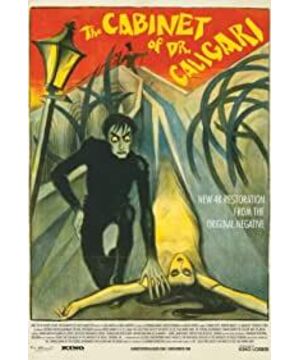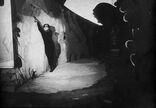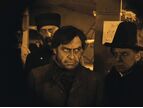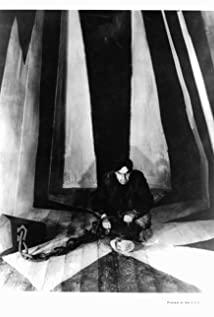1. The reversal narrative points directly to dissatisfaction with reality
The film tells the story of a psychiatrist who imitated the magician Caligari's hypnotic experiment to control the sleepwalker Caesar to kill and eventually be arrested. But the story is reversed at the end. All the absurd stories are actually delusions of patients in the mental hospital, not a real story. The narrative mode of play within play makes the structure of the film more complex, thus constructing a confusing world, which points to the dissatisfaction and distress brought to people by the social and economic realities of acting after the war.
2. A strong image style expresses an attitude of avoiding reality
In the film, yellow light indicates daytime and blue-green light indicates nighttime. The contrast between light and shadow gives a strong sense of shape.
Not only that, the film is also unique in the setting of the scene. Filmed entirely indoors, the scene resembles a theatrical stage, creating an unreal world.
The performance is also very exaggerated, the actors are sometimes angry and sometimes grief-stricken, even if they don't say the lines, they can directly express the meaning. The effect of occlusion is also used in shooting, and try to make the film have different scenes. The close-up shots of the characters' expressions can allow the audience to directly take care of the characters' inner feelings and see their lonely, terrifying, and frantic mental states. And that's what a closed world brings.
View more about The Cabinet of Dr. Caligari reviews











